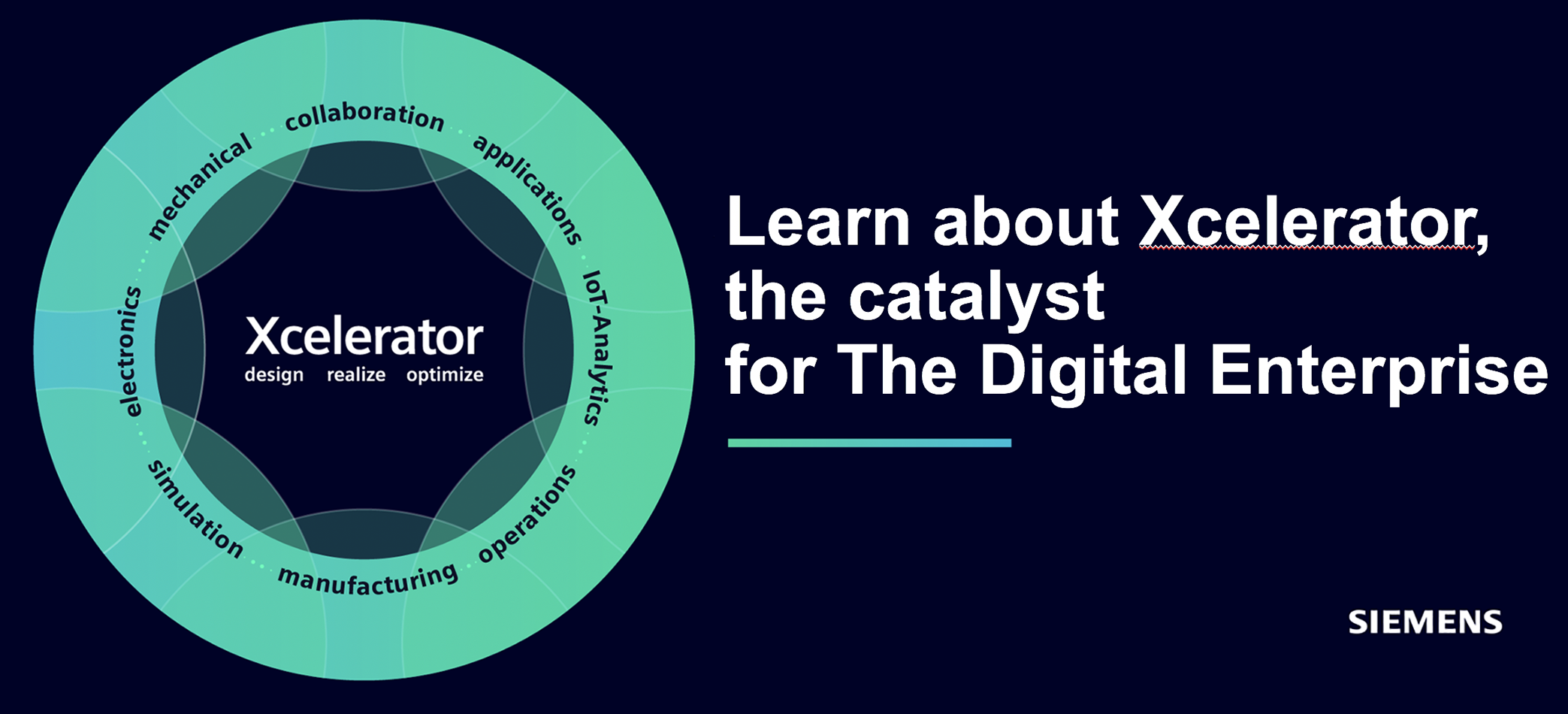Click on the linked headline below to be directed to Verdi Ogewell’s full in-dept interview with Saab Kockums IT leader, Pål Almén.
”How Saab Kockums manages 600,000 parts to build its A26 Submarine”

Currently on ENGINEERING.com: The Advanced PLM Setup Behind the New Swedish Submarine A26
PLM tools from PTC, AVEVA and BAE SYSTEMS and a bet on MBD, concurrent engineering, digital twins and threads - MEET Saab Kockums PÅL ALMÉN in today’s in-depth interview. One thing is crystal clear: successful product development increasingly relies on holistic, comprehensive solutions that tie together not only the value chains of product development and manufacturing, but also what happens to the product during the rest of its life—maintenance included. Capable data management backbones and parallel organizational setups are the connective tissue, with PLM platforms and work structures that can handle the complex journeys through the systems. Nobody escapes this, regardless of industrial activity. Swedish submarine developer and warship shipyard Saab Kockums is a particularly interesting example, especially with the increased demands brought by Sweden's new NATO membership. These advanced naval forces, such as submarines, signals intelligence vessels, stealth vessels, and Stirling engines are developed and built at Saab Kockums’ facilities in the Swedish cities of Karlskrona, Helsingborg and Malmö. In today's article, we have taken a closer look at the submarine side and the new state-of-the-art A26 submarine. I have discussed the PLM setup, also from a maintenance perspective, and the bets on MBD (Model-Based Definition), concurrent engineering, digital twins and threads, with the IT leader at Saab Kockums, Pål Almén. “A submarine project takes about seven to eight years in terms of product realization. After that, they should be operational for at least 30 years. The first maintenance comes after two years, then there are more extensive maintenance efforts every eight years. That says a lot about the complexity and demands of data integrity over time,” Almén said. An A26 submarine is built from around 600,000 parts. In each standard maintenance window between 500 and 2,000 are repaired or replaced. During the more extensive eight-year maintenance/modernization, between 10,000 and 50,000 new parts are required. It is not difficult to see the extent of the challenges in gaining systematic control over something of this magnitude, and Almén says the latest PLM tools and strategies play a crucial role, including digital twin and digital threads concepts using three connected, parallel digital twins: • One for the submarine under development and manufacture • One for the submarine in operation • One for the submarine’s maintenance The main commercial tools on the PLM side are PTC CREO (CAD), Windchill (PLM/cPDm), AVEVA ERM (ERP) and BAE Systems/Eurosteps ShareAspace (PLCS/standards-based data backbone). But how does it all work together? To read Verdi Ogewell's full article on www.engineering.com, click on the link below this introduction.





